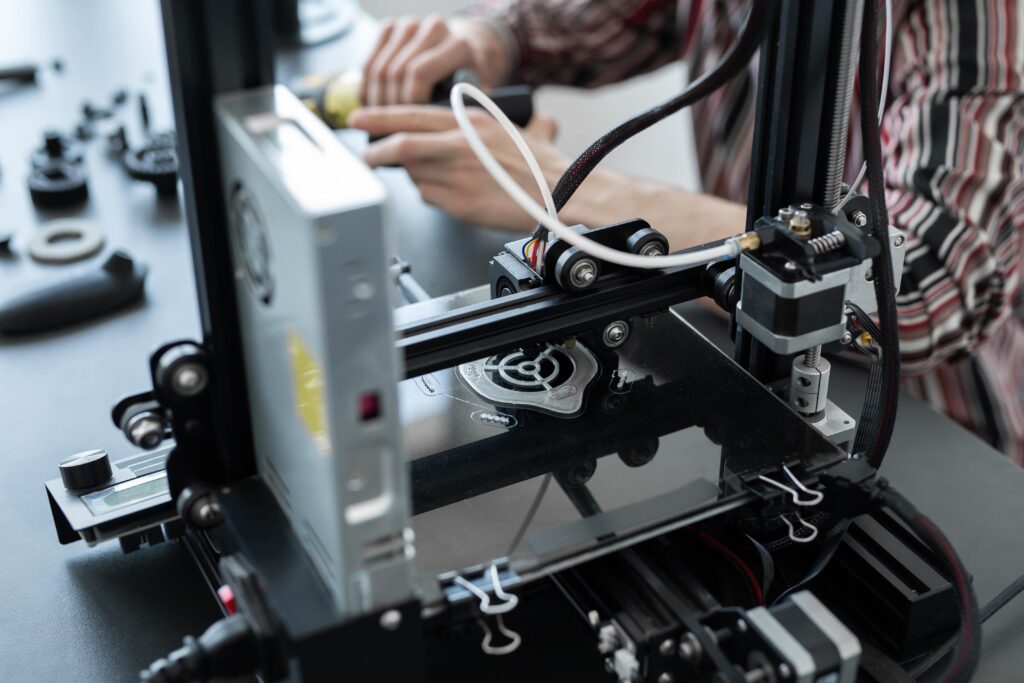3D printing, also known as additive manufacturing, uses a variety of materials to create objects layer by layer. The most common materials used in 3D printing include:
Plastics: The most widely used material in 3D printing, plastics are available in a variety of forms including filaments, pellets, and powders. ABS and PLA are the most common plastic filaments used in consumer-grade 3D printers.
Metals: Metal 3D printing uses metal powders, wires, or sheets as raw materials. The most common metals used in 3D printing include titanium, stainless steel, aluminum and gold.
Ceramics: Ceramic materials can be used for 3D printing, although it’s not as common as plastic or metal. They are used in specialized applications such as aerospace, dental, and biomedical.
Resins: Resins used in 3D printing are typically liquid polymer materials that are cured by UV light. They can be used to create highly detailed and accurate models.
Food: 3D printing technology can be used to create food items, such as chocolate and other confections, by depositing layers of food materials in a specific pattern to create a desired shape or form.
Bioprinting: 3D printing technology can be used to create living cells and tissues, which can be used to create replacement organs and other body parts for medical treatments.
The material used in 3D printing will depend on the application and the desired properties of the final product. As 3D printing technology continues to evolve, new materials are being developed and the range of materials used in 3D printing is expected to continue to expand.




